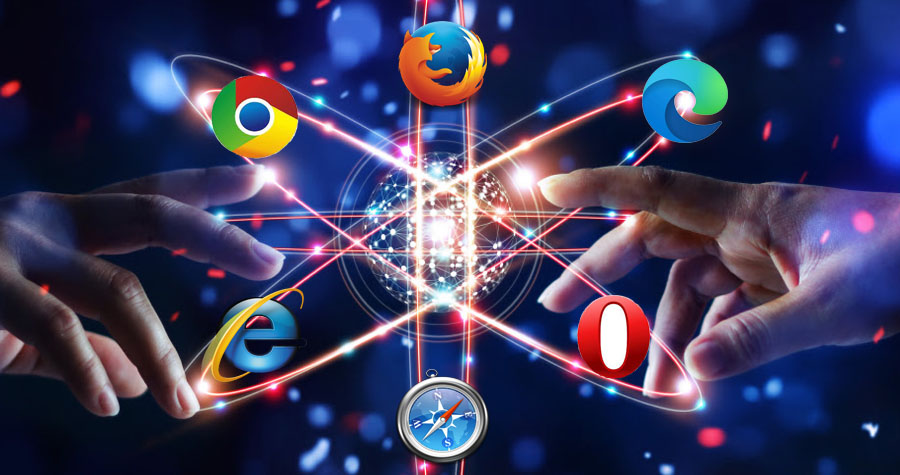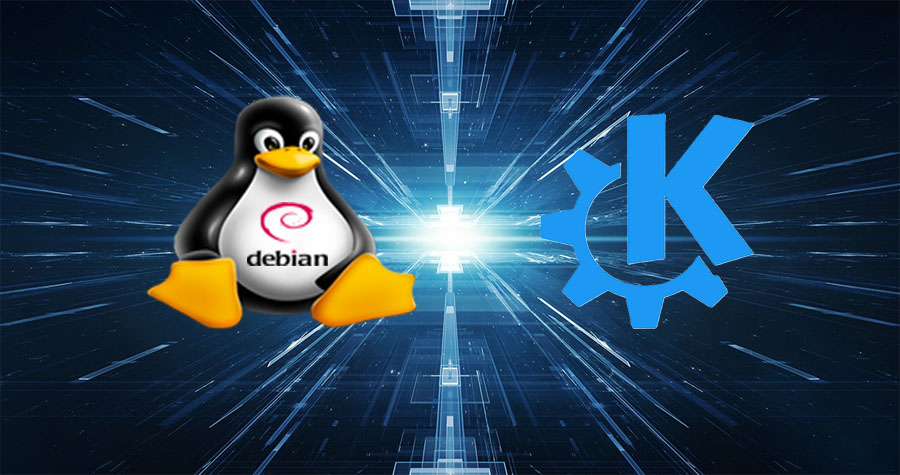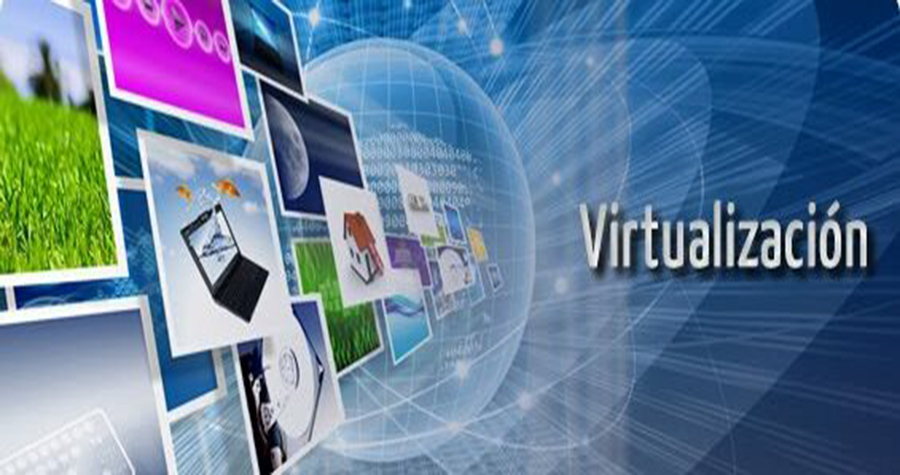“Informatics” is a term used very often by those interested in computers or computers. It is also very common to hear someone say that they are a computer scientist or a specialist in computer science or computer science, but what is computer science?

Informatics or computing is the science that is dedicated to the study of automated information processing through the use of electronic equipment called computers or computers. This science has a wide field of study and development and is constantly evolving. Below we will mention the main areas in which it is developed.
The entire development of computing has been possible thanks to the work of many people to whom we must thank for our current computing. As a tribute to their work we will dedicate a section of our site and list them in the following link.
Main areas of computing
Computer architecture
Computer Architecture focuses on the study and development of the fundamentals of computing, the principles that make its operation possible; as well as hardware components, their improvements and standardizations, always with the aim of improving the processing capacity of computers, trying to make them more capable of processing large amounts of information efficiently.
Operating systems
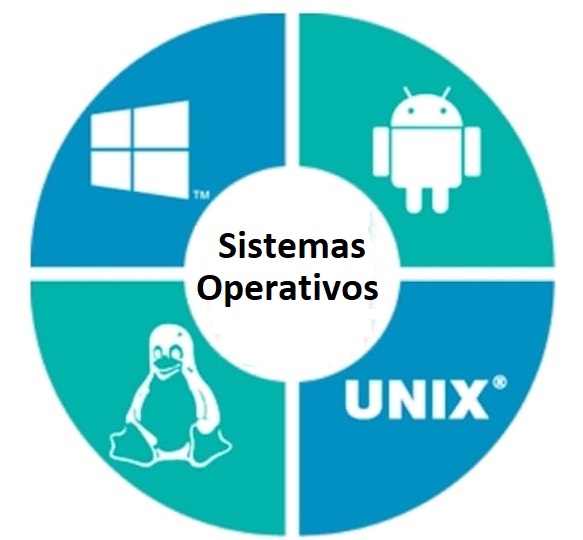
This branch of computer science focuses its study on the main software component of any computing system, the operating system. This is the software that is responsible for making a computer usable, it is also responsible for managing resources, maintaining information security, facilitating interaction between applications or humans, among many other functions. Without an operating system, the computer is practically a useless electronic device. In general, all computer equipment has an operating system, although sometimes it is not seen as such or is recognized by this name.
Office automation
Office automation is the branch that specializes in office computing. This focuses on office applications such as word processors, spreadsheets, electronic presentations, databases, among many others. These tools are grouped into sets called office software, some examples are Microsoft Office, Open Office and Libre Office.

It is also responsible for the digital representation of information and its modification processes, such as editing images, photographs, sound or video, CAD Tools, Computational Geometry, Computer Graphics, Virtual Reality, Augmented Reality, Holography, among others.
Databases
This branch specializes in the study and development of efficient ways to store, process and retrieve information called databases and their management systems. In this branch there are concepts such as Relational Databases, the Entity Relationship Model, the SQL Structured Query Language, No SQL databases, data warehouses, Bigdata, among others.
Networks and telematics services
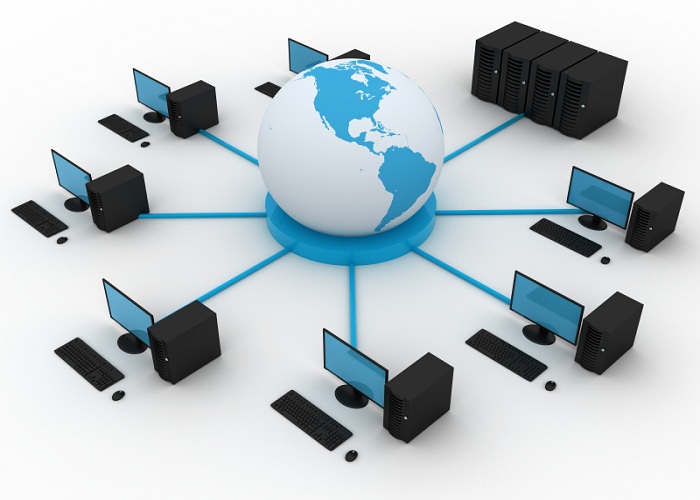
This branch of computing is responsible for the study and development of computer networks, information exchange standards, protocols, services, norms, and standardizations that make computer communications possible. Some of its results are: the internet, search engines, email, WWW, FTP, social networks, content management systems (CMS) such as WordPress, electronic commerce platforms, etc. Many of these services are accessible through a web browser.
Virtualization
Virtualization is the logical representation or creation of virtual resources, which may or may not exist physically. There are different ways to virtualize, each of them has its advantages and disadvantages. Some of these techniques are Containers and virtual machines.
Cloud computing

This branch focuses on bringing traditional computing to large data centers or server farms connected to the Internet. Its objective is to enable access to them from anywhere, allowing infrastructure to be developed with a lower cost and greater benefits. Cloud computing offers several variants: Infrastructure as a Service (IaaS), Platform as a Service (PaaS), Software as a Service (SaaS), among others.
Software engineering and management
This branch focuses on the software engineering and development process. in addition to the management of material and human resources throughout the software development process. It is subdivided into two branches: the first is software engineering, which is responsible for organizing, describing and documenting the software development process through the use of software development methodologies. The second is software management, which is responsible for managing the software development process through projects, work teams, standards, certifications, testing, etc.
Software development (Programming)
This branch of computer science that focuses on the study of techniques or rules for creating applications through the use of programming languages and the study of abstract data structures for the digital representation of information. Programming is used for the creation of desktop applications, web applications, for mobile devices, cross-platform, video games, creation of compilers, translators or interpreters, among others.
Scientific computing

This branch focuses on the use of computing for scientific-technical purposes such as simulation, emulation, Bioinformatics, Quantum Computing, Numerical Analysis, Computational Physics, Computational Chemistry, Computational Neuroscience, among others.
Home automation

Home Automation focuses its study on computing applied in the home and office, more specifically in the automation of buildings so that they make more efficient use of resources and improve the quality of life and comfort of people.
Internet of Things (IoT)
This branch focuses on bringing real-life things or devices to the Internet, allowing them to interact in cyberspace (Internet) with ourselves or other devices.
Smart cities
The Smart Cities branch of computing aims to ensure that cities are able to self-manage based on decisions made by sensors, certain events, computational analysis, etc.
Cybersecurity
Cybersecurity or also known as Computer Security focuses on the protection of information both logically and physically. In addition to the study of cryptography, ethical hacking, computer forensics, among others. Cybersecurity allows us to achieve acceptable levels of protection of information or services by using policies and control mechanisms to mitigate or reduce the impact of computer attacks. Cybersecurity is one of the most complex branches of computer science, as it requires extensive knowledge of all other branches of computer science.
Artificial intelligence
Artificial Intelligence is responsible for simulating intelligence through the use of computing. It studies areas such as computational linguistics, natural language processing, and the generation of natural language in the form of text, voice, images, and videos. He also studies Neural Networks, case-based reasoning, fuzzy logic, agent-based technologies, genetic algorithms, expert systems and Bayesian networks. It also develops intelligence based on behavior, Multiexpert Systems, machine learning, deep learning and artificial consciousness, among others.
This is one of the branches of computing, the most complex and broadest, it is the human being playing at being god creating an artificial consciousness.
In a very summary way, we have tried to address as many branches or fields of action of computing or computer science. In addition to these, there are many other branches that are not so well known or in development that may appear after the preparation of this article. We hope that this has helped you learn and expand your knowledge in some of these areas.
If you liked this article, you can help us by sharing it to reach more people.
If you would like to contribute directly or monetarily, please contact us through our contact page.



